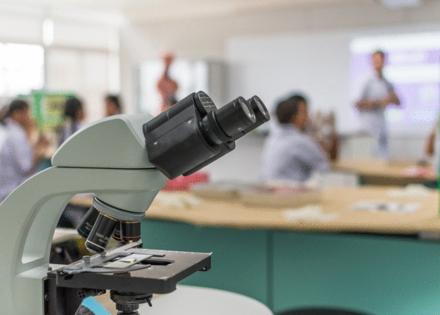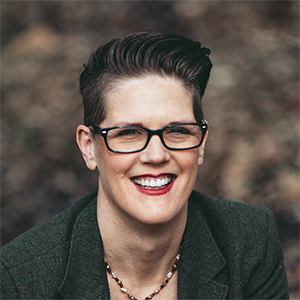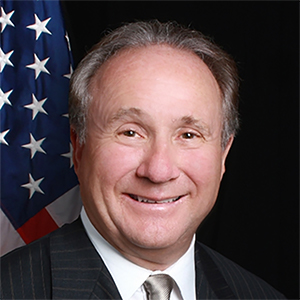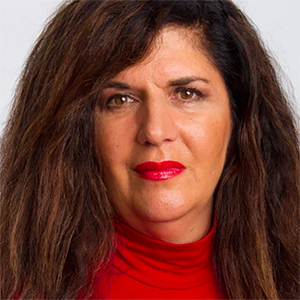Commentary: Ethical dissection is here. Every student should have access to it
Published in Op Eds
About 63% of U.S. public school students now have the freedom to choose not to dissect animals, according to data published in the journal The American Biology Teacher. Twenty-two states and the District of Columbia have passed dissection-choice laws, which give young learners the ability to complete a similar assignment using a modern, alternative training method.
California legislators are considering strengthening their existing statute with the Compassionate Learning Advancements for Science Students or CLASS Act, which would require written notices informing students of their rights. Even in states where this protection isn’t guaranteed by law, many large public school districts have enacted their own policies, recognizing the importance of allowing students to make this ethical decision themselves. It’s progress that a majority of children now have this option, but no child should have to choose between their morals and an interest in science or a potential career in research or medicine.
Studies have shown that many students at all educational levels are uncomfortable cutting into animals, and being forced to do so dissuades young people—particularly females—from enrolling in courses where it may be required, such as biology and anatomy. They may even give up on career aspirations in related fields—despite the fact that nearly every medical school now trains physicians using human-patient simulators, interactive computer programs and clinical experience. Veterinary training programs are increasingly moving away from performing harmful procedures on animals as well. Our country is experiencing a significant shortage of physicians, veterinarians and other scientists, and we won’t solve it by deterring some of our brightest young minds.
A simple solution is already well within reach. Animals used in middle school and high school laboratories can easily be replaced with exciting, video-game-like digital dissection software that allows kids to repeat procedures and study complex biological processes until they’re comfortable with the material. Options abound, including Gizmos’ interactive online simulations that let young scholars experience firsthand some of the work done by veterinarians, ecosystem biologists, medical doctors and toxicologists. Hybrid Medical Simulation developed an augmented reality app that gives students an up-close look at brains, hearts and lungs. Advanced learning suite eMind provides realistic multi-layered dissections of animals’ skeletal systems, organs and more.
Lifelike frog models are another favorite of teachers and kids, including Kind Frog, designed by TeachKind Science teachers. While these tools look and feel like actual frogs, they offer a superior learning experience with color-coded organs that are easier to identify, and they spare students from being exposed to known carcinogens such as formaldehyde. The models can cost as little as $5 each— less than some frog cadavers. Schools can even obtain humane dissection tools for free through a special TeachKind Science pilot program that provides teachers with animal-free replacements for dissections at no cost to the school system.
Using these learning methods or any of the other exciting new alternatives to dissection could save the lives of about 10 million animals every year in the U.S. PETA investigations have uncovered rampant abuse at biological supply companies, including workers drowning pigeons and injecting crayfish with liquid latex while the animals were still alive. And the U.S. Department of the Interior has noted that classroom dissection is partially to blame for declining frog populations.
Hands-on science education should be fun, not frightful. I encourage students, parents, educators and lawmakers to explore the wealth of animal-free, student-friendly, low-cost humane dissection options for every grade level and field of study. There’s no harm in supporting children’s kindness or in giving them every opportunity to succeed.
____
Samantha Crowe is the senior science education project manager at TeachKind, the humane education division of PETA, 501 Front St., Norfolk, VA 23510; TeachKind.org.
___
©2025 Tribune Content Agency, LLC.




























































Comments